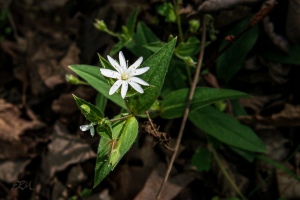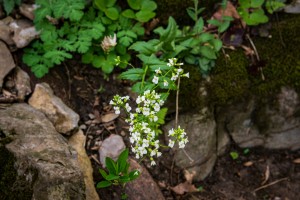
 The stand of mountain laurel that I wrote about last time is now at glorious peak bloom. My wrist is healing well, so I was able to manage the D750 with the kit lens (24-120mm) to get a few pictures.
The stand of mountain laurel that I wrote about last time is now at glorious peak bloom. My wrist is healing well, so I was able to manage the D750 with the kit lens (24-120mm) to get a few pictures.
 If you read about mountain laurel in just about any guidebook you’ll probably come across a phrase like “impenetrable thicket”, describing how they grow. Apparently in the southern Appalachian mountains these thickets are known as “laurel hells.” I hope to find one someday, but in the meantime I’m enjoying a local laurel heaven. Hope you are, too!
If you read about mountain laurel in just about any guidebook you’ll probably come across a phrase like “impenetrable thicket”, describing how they grow. Apparently in the southern Appalachian mountains these thickets are known as “laurel hells.” I hope to find one someday, but in the meantime I’m enjoying a local laurel heaven. Hope you are, too!
Other common names for Kalmia latifolia include spoonwood, spoon-hunt, calico-bush, big-leaved ivy, ivybush, red-stemmed ivy, clamoun, little laurel, small laurel, wood laurel, poison-laurel, sheepsbane, lambkill, and wocky*.
—————
*The History and Folklore of North American Wildflowers, Timothy Coffey, Hougton Mifflin Company, 1993

















